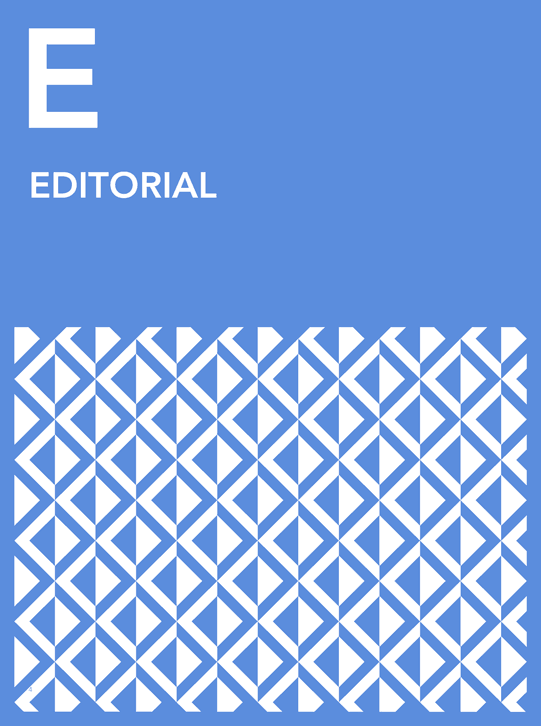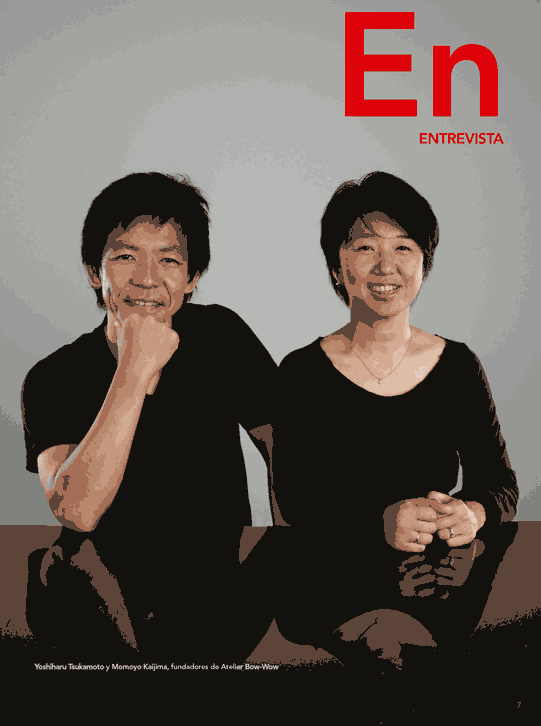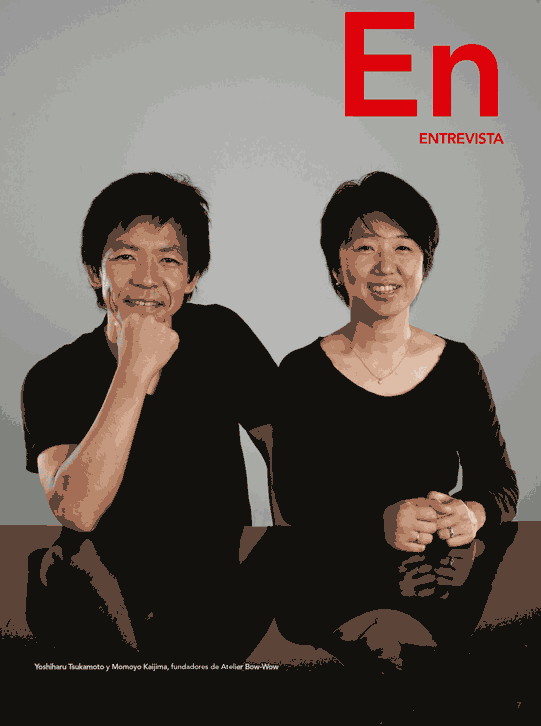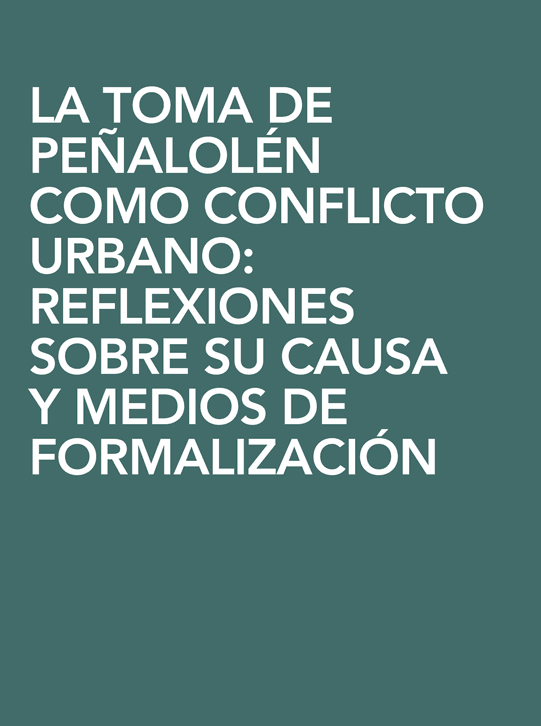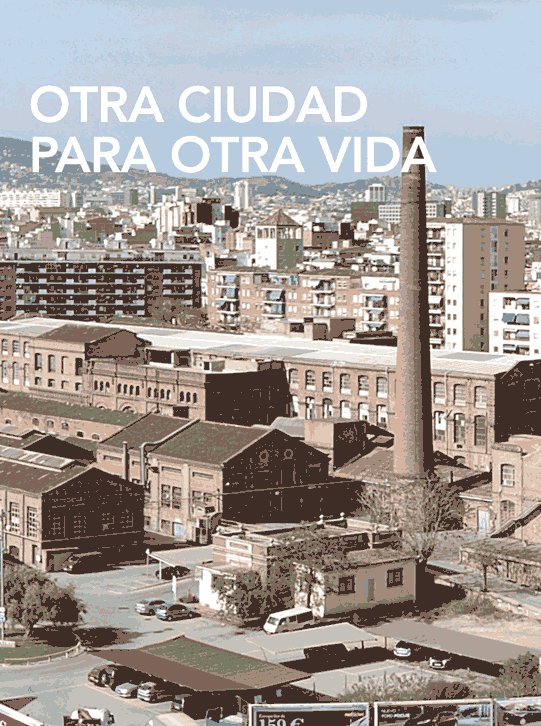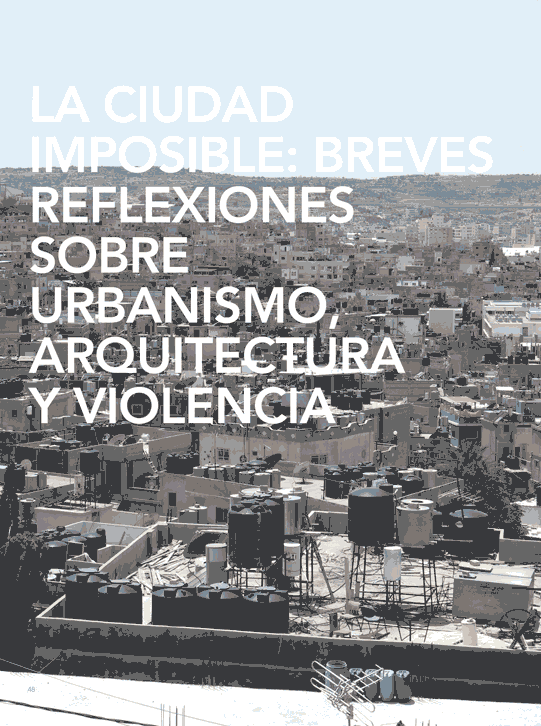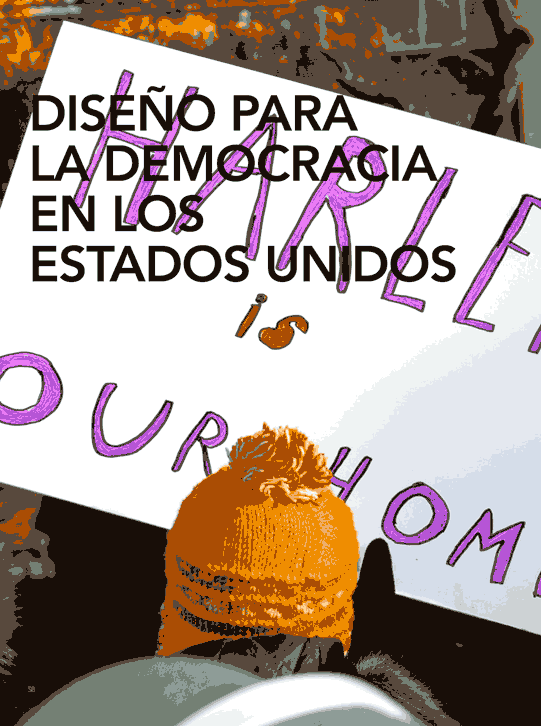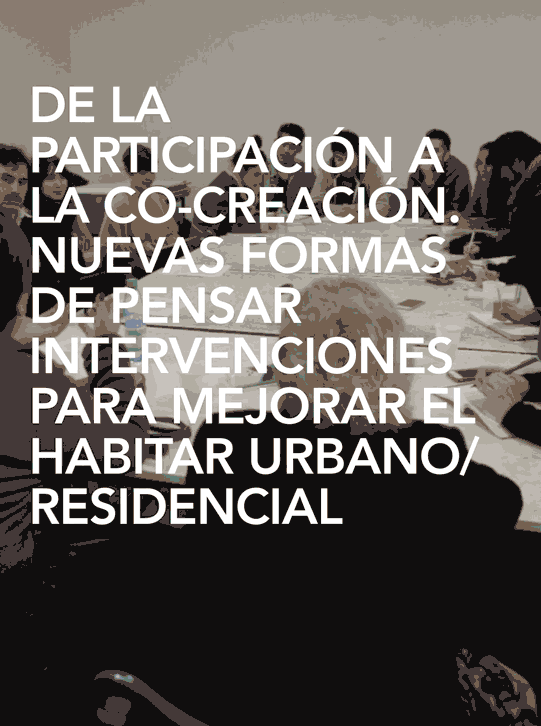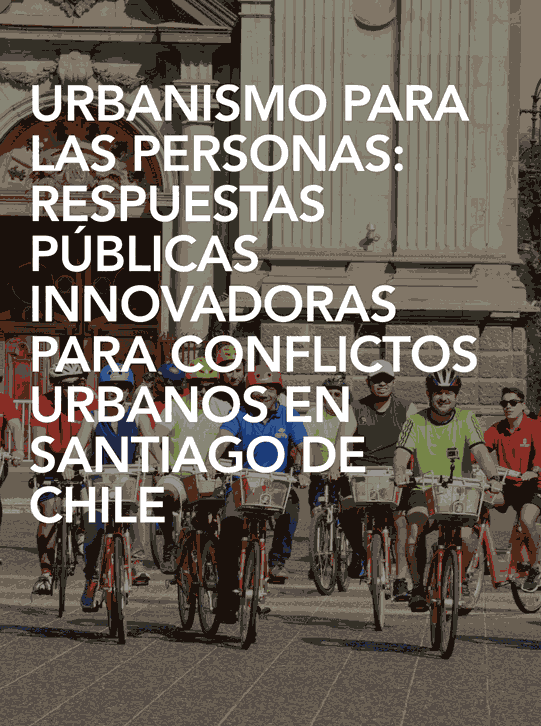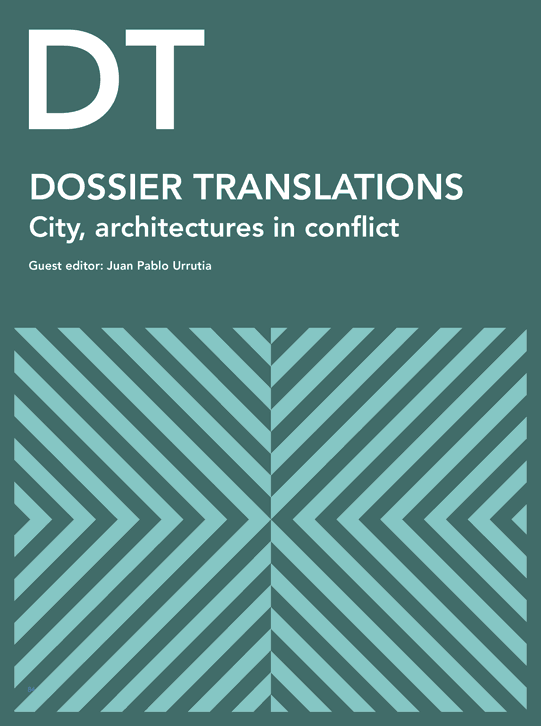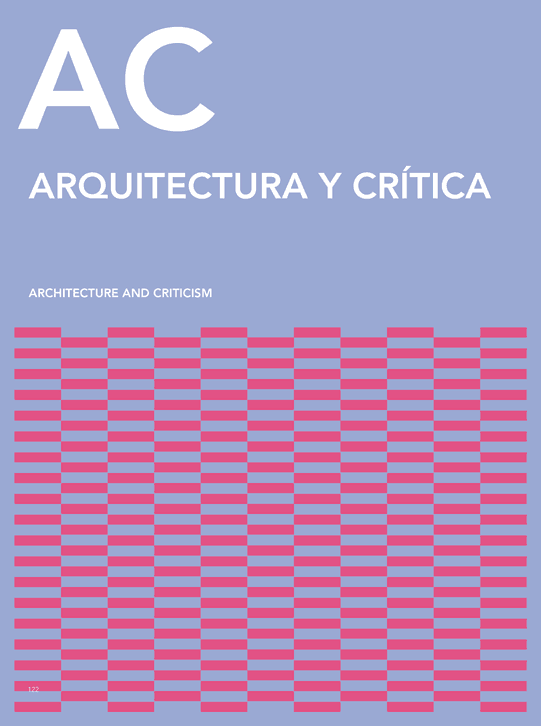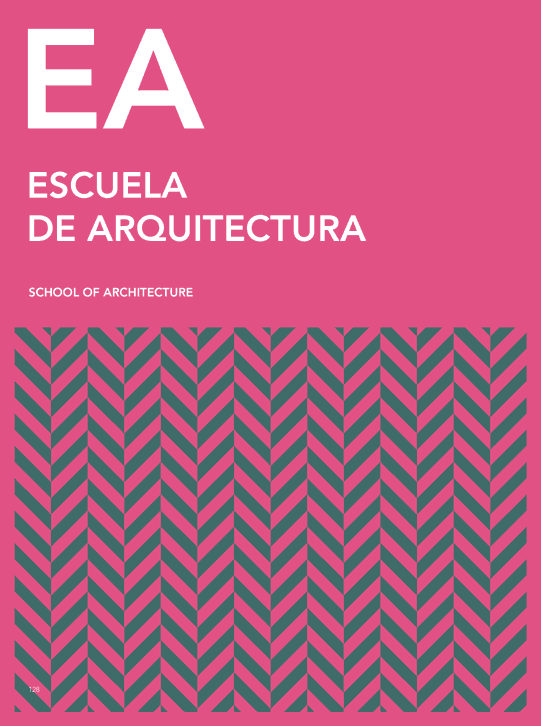
This issue of Materia Arquitectura is dedicated to the theme of the city and architectures in conflict. Guest editor Juan Pablo Urrutia argues that cities are determined by forces in conflict and that, consequently, architectural design must manipulate conflict as raw material. The interview with Yoshiharu Tsukamoto that opens the issue explores the ideas mobilized by Atelier Bow-Wow in relation to the complexity of urban life. Meanwhile, the six articles that make up the dossier critically analyze three dimensions of conflict in the city: political, technical, and civic. Juan Pablo Astorga examines the city as a political assemblage, analyzing Toma de Peñalolén, a self-help settlement, from three perspectives: governance, sense of place, and planning. Ethel Baraona refers to public space as an essential element to claim the right to the city, as well as to the challenges of the architect in a dynamic and complex context. Camillo Boano, meanwhile, reflects on the tensions between architecture and violence, bringing the conflict back to the center of architectural and urban research. J. Phillip Thompson analyzes the impact of historical racial discrimination and physical segregation on contemporary social conditions in the United States. Paola Jiron exposes the problems of participatory urban processes, highlighting the importance of collaboration and co-creation in improving urban life. Finally, Pablo Fuentes describes the successes and failures of four government interventions that attempt to resolve small-scale urban conflicts in Santiago, Chile.
Guest Editor Juan Pablo Urrutia
DOI: https://doi.org/10.56255/ma.v0i12
Published: 2015-12-10
